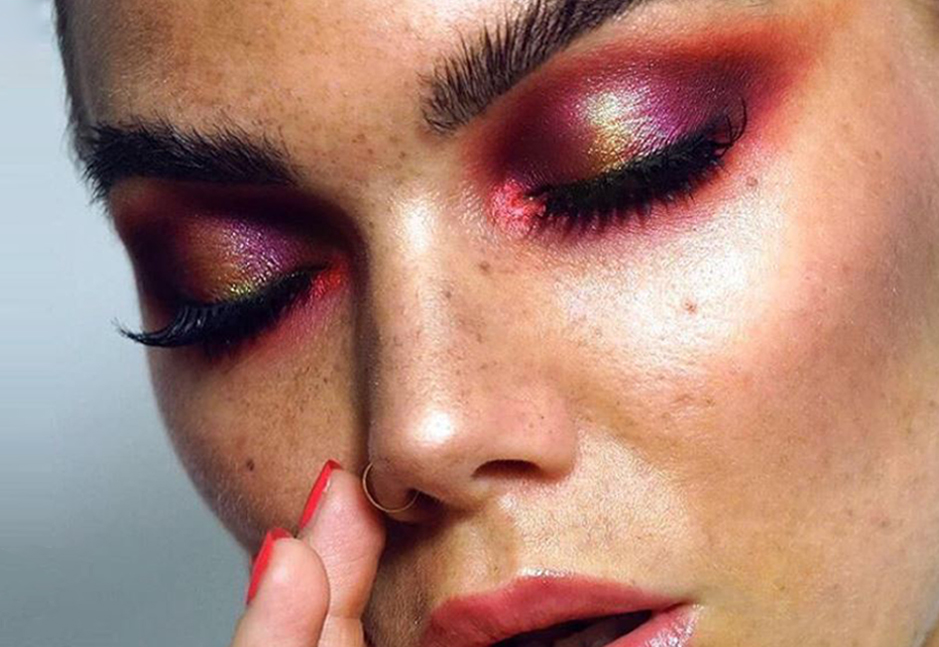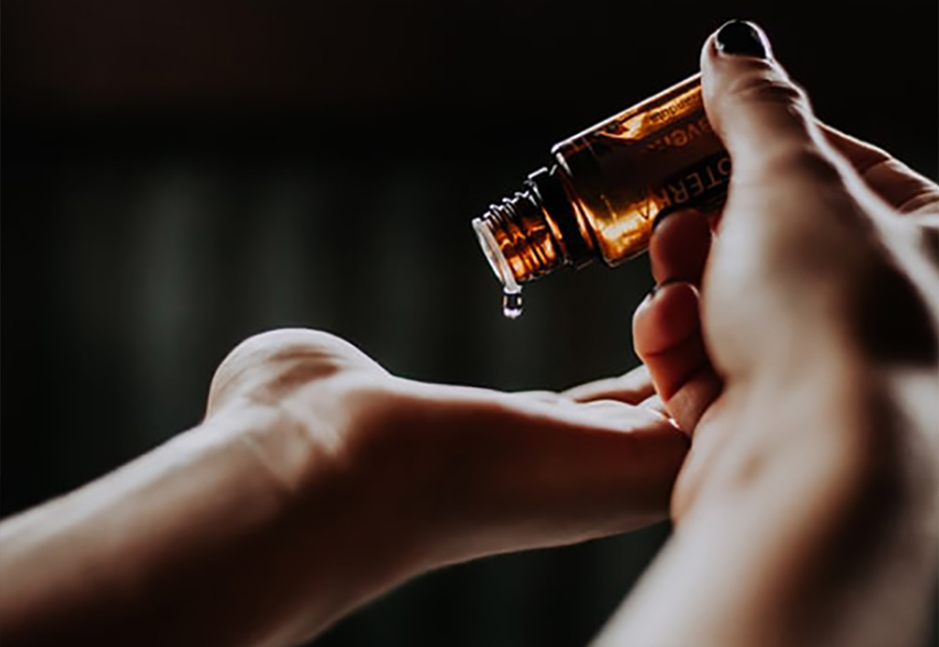
Le microdosage est la tendance beauté que tous les fanatiques de soins de la peau doivent connaître
hances are, at some point in your life, you’ve overdone it on the active skincare ingredients. Guilty of nothing but the pursuit of more even-toned, luminous skin, like kids in a candy shop we pile on multiple products in the hope that they’ll work quickly and effectively. But actually, this overcomplicated approach can cause irritation, redness, acne and dryness – to name just a few unpleasant side-effects. Which is why the latest skincare buzzword, “microdosing”, is fast becoming one of the industry’s biggest trends. And it’s one that could pay off for your skin health in both the short and long term.
“The practice of microdosing has been around for decades,” says Dr Jason Thomas, head of medical at Skin + Me. “It’s probably most commonly known in reference to taking micro concentrations of psychedelic drugs, such as LSD and psilocybin (the active molecule found in magic mushrooms). When micrograms (a millionth of a gram) of psychoactive substances are taken, studies have shown that users do not experience the “high” effects, like hallucinations and feelings of elation, but instead report improvements in creativity, focus and mental health. In the past few years, the same concept has been adopted by the skincare sector.”
Instead of overloading skin with the highest concentration of active ingredient possible, deploying a lower percentage – around one tenth – and applying regularly (daily, rather than every few days), enables greater toleration, keeping the skin and its all-important barrier robust, healthy and glowing, and all while still enjoying all the benefits of the ingredient.
Andre Condit, formulator and founder of Spectacle Skincare, calls the technique a “therapeutic” way to deliver key but easy-to-overdo ingredients, like retinoids, exfoliating acids (think azelaic, glycolic and salicylic – any that can cause side effects), and vitamin C to the skin, and says it’s the best way to prevent “adverse side effects like flaking and redness”, and slowly build up the skin’s tolerance. “It’s very common to see people become overzealous with several high-strength products in one routine,” he adds. “The skin can only accept so much before you start to create an inflammatory response, which is the opposite of what we are looking to achieve. The skincare journey should be a slow, steady marathon for lifelong results.”
The other important thing to note is that skincare works best when applied consistently. “Applying a retinoid twice a week – and building it up, as we’re often told to do – can be hard to remember, so using a lower strength each day makes it easier to get into a regular routine,” says Dr Thomas. “If you keep stopping and starting on a strength you can’t tolerate, you won’t be able to continue treatment and will likely end up in a worse place than when you started.”
The good news is that a number of brands are making the microdosing technique accessible and easy. First, Skin + Me, a subscription skincare brand that connects you to dermatologists and pharmacists and offers a custom approach, will prescribe you the best actives for you and your specific skin type – at low percentages if required. Also, keep an eye out for skincare “boosters”, which are designed to be added to your moisturiser (but can be used alone), and often come in lower percentages.
Skin + Me Personalised Skincare
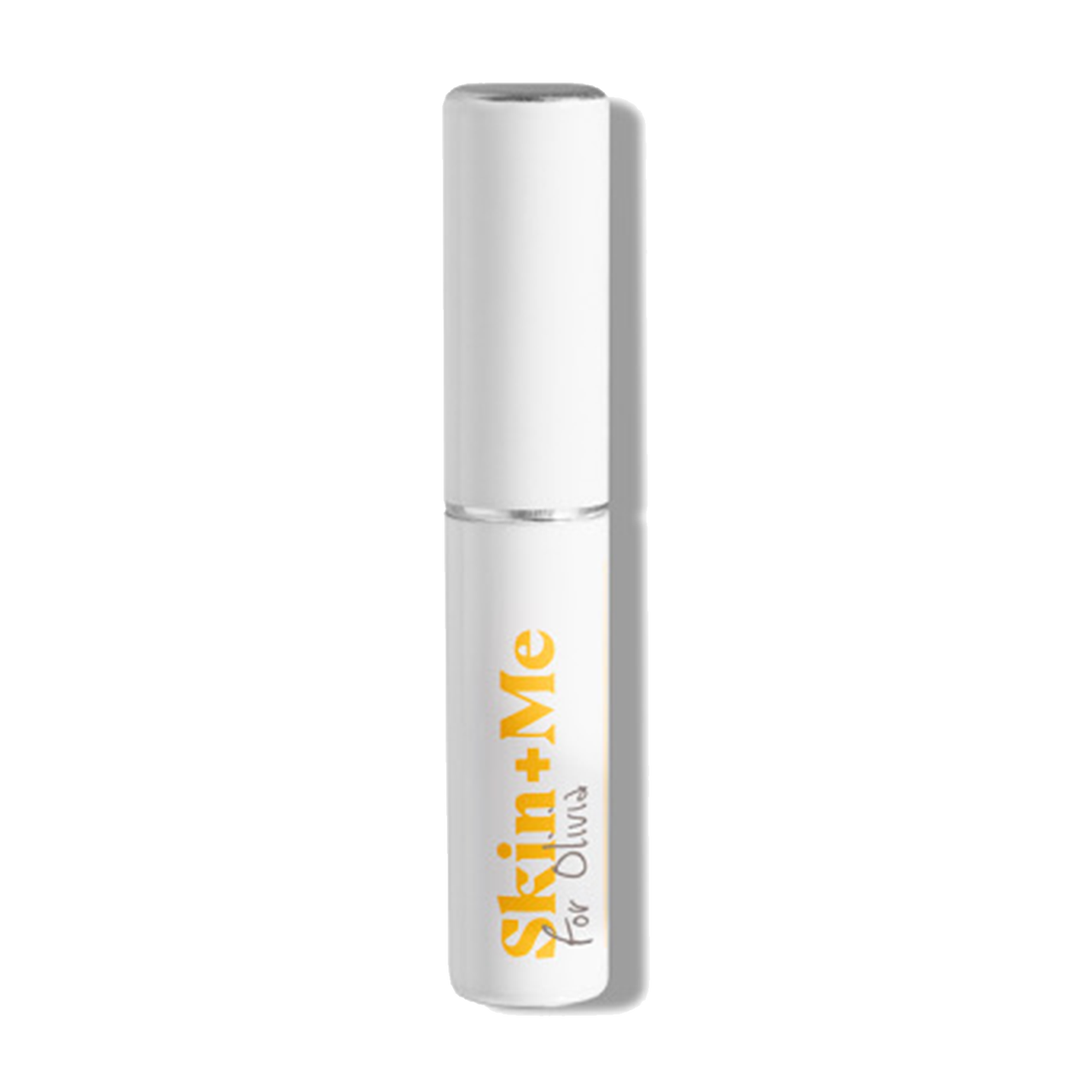
Paula’s Choice C15 Super Booster
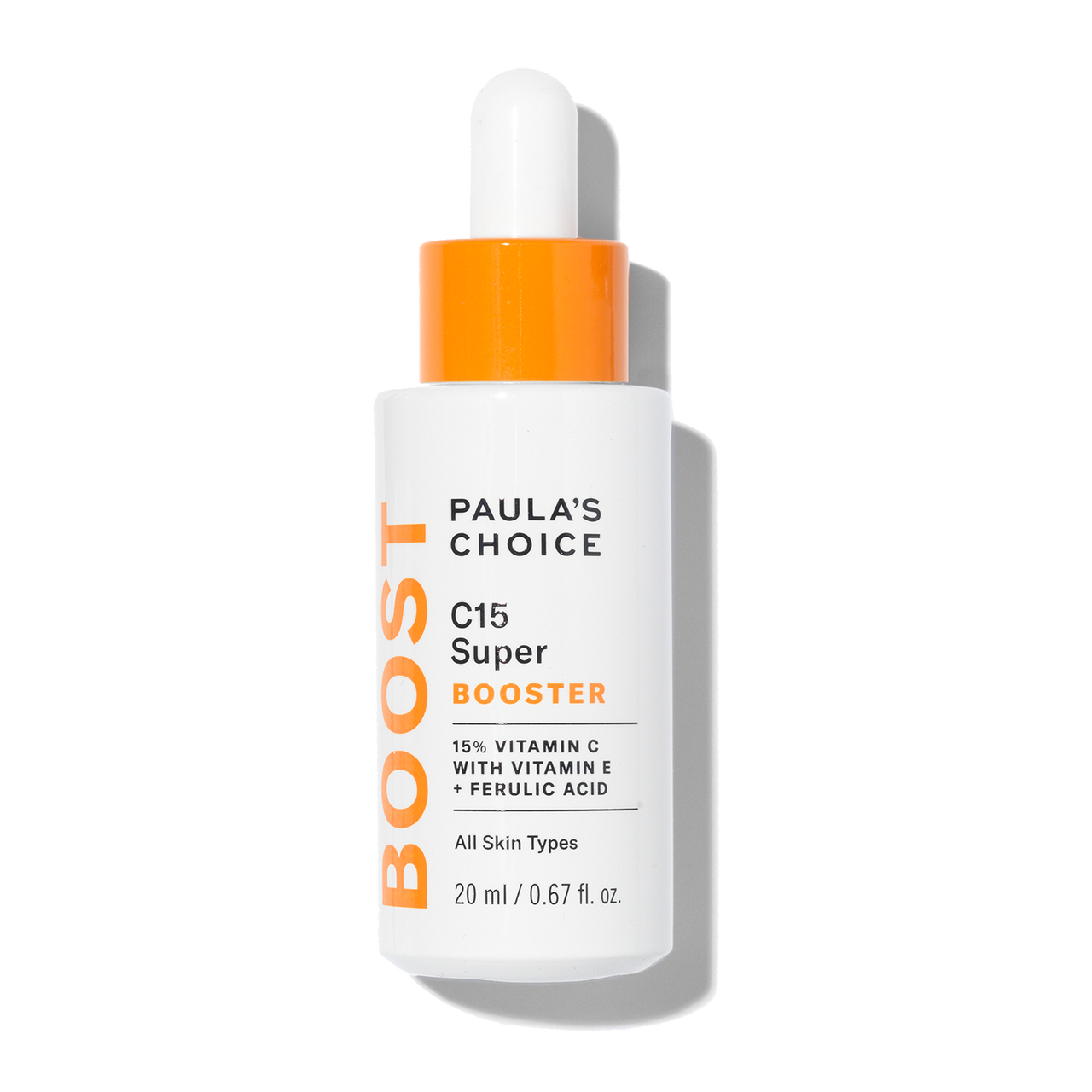
.
La Roche-Posay Retinol 0.3% + Vitamin B3 Serum
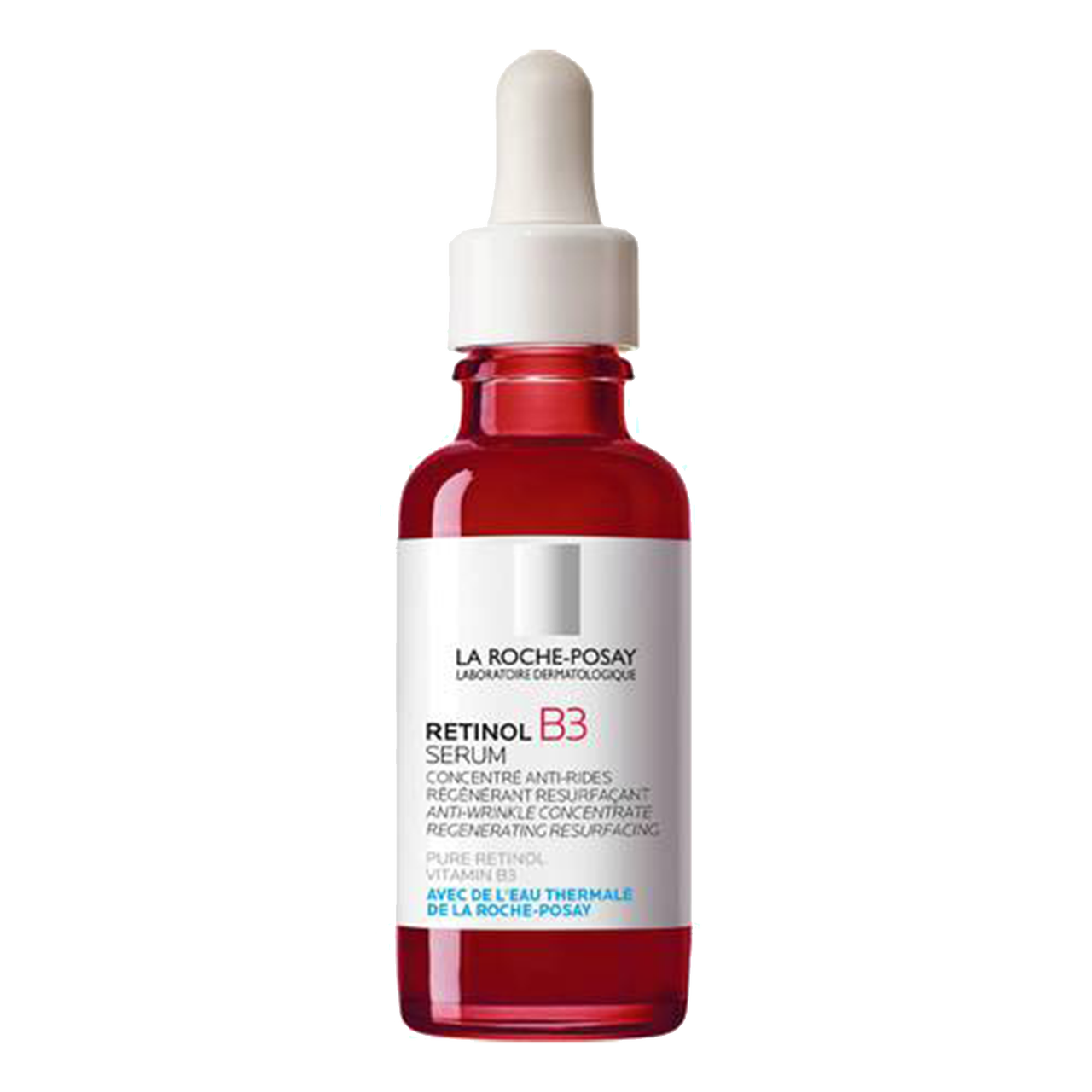
Spectacle Performance Crème
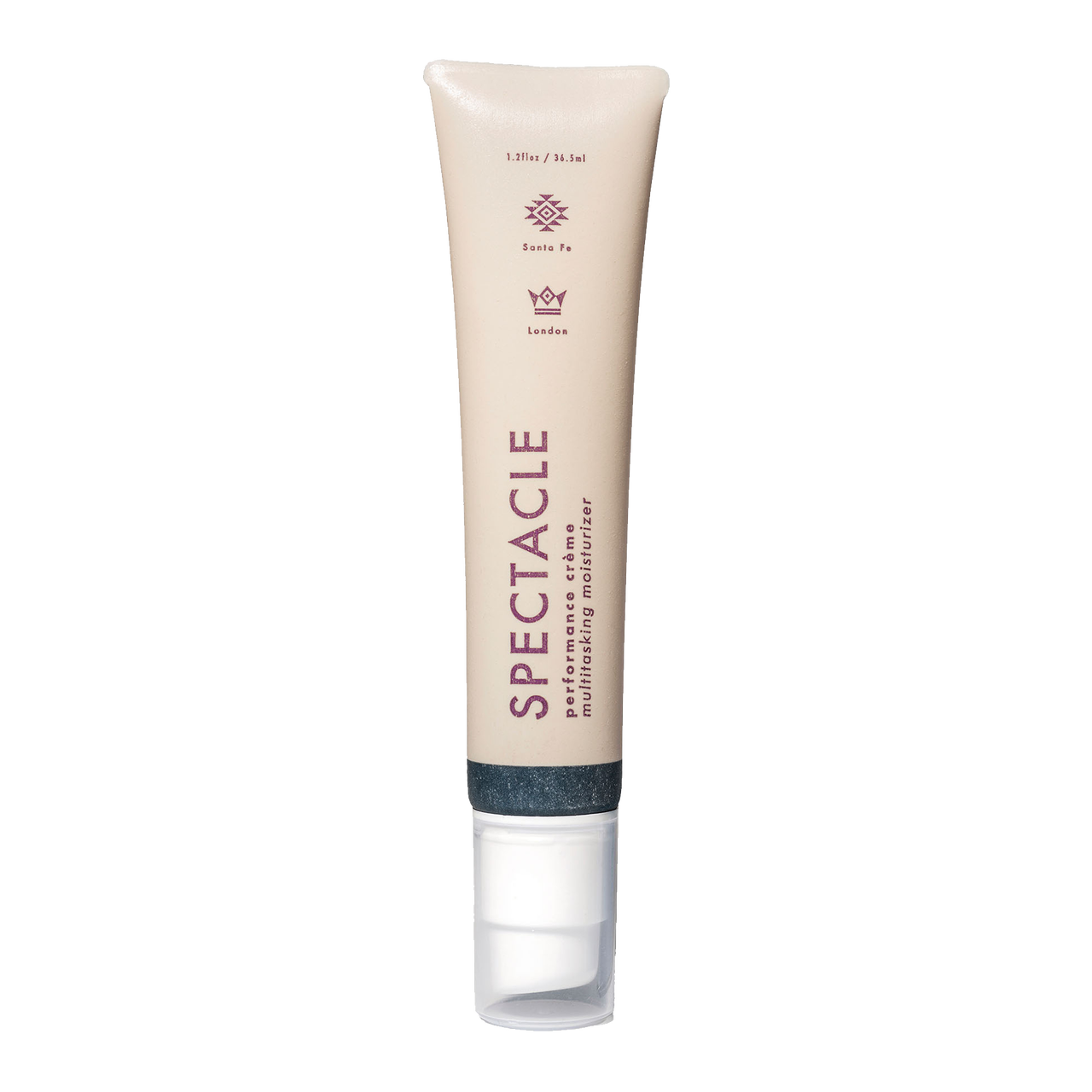
Omorovicza Daily Vitamin C
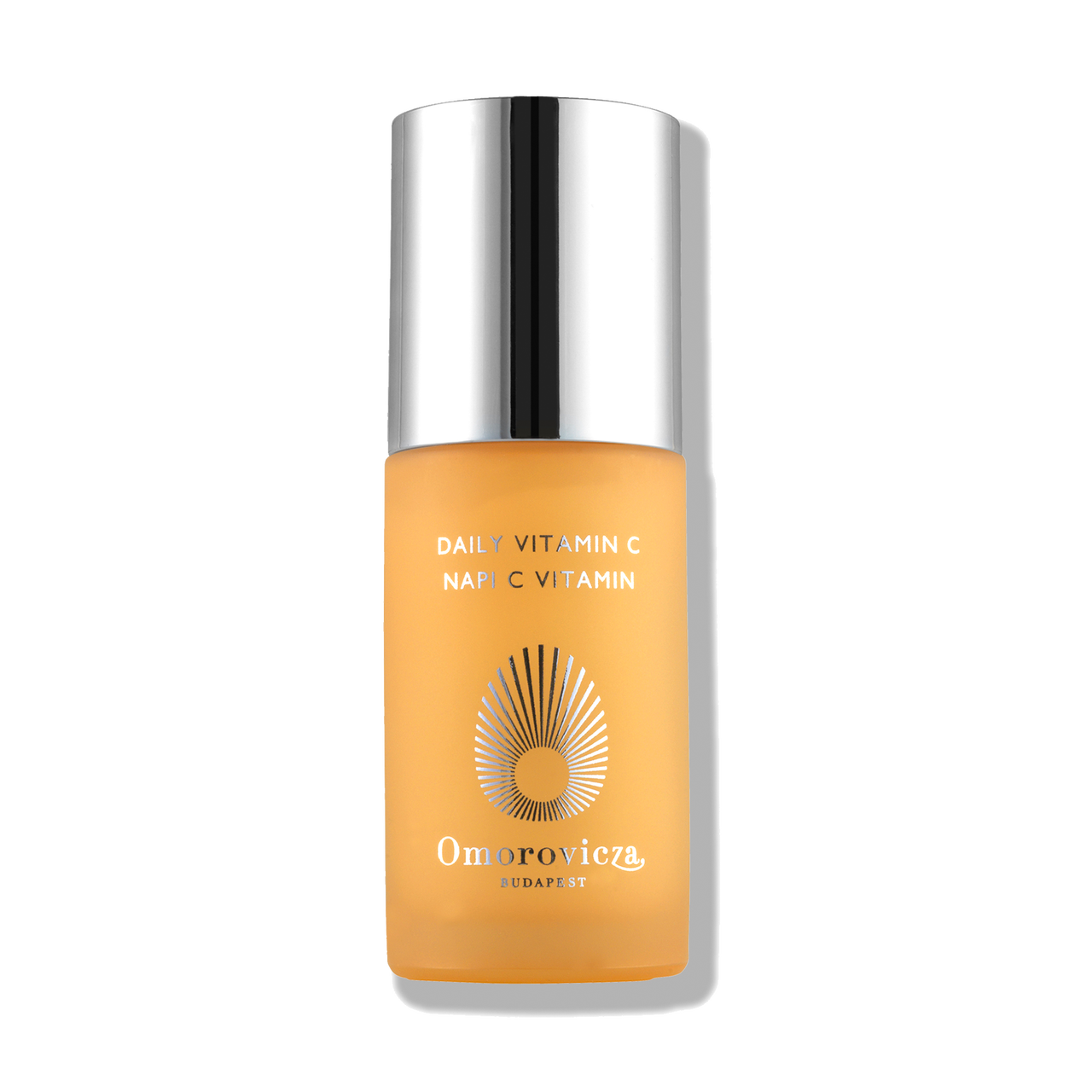
Typology Purifying Toner 1% Salicylic Acid
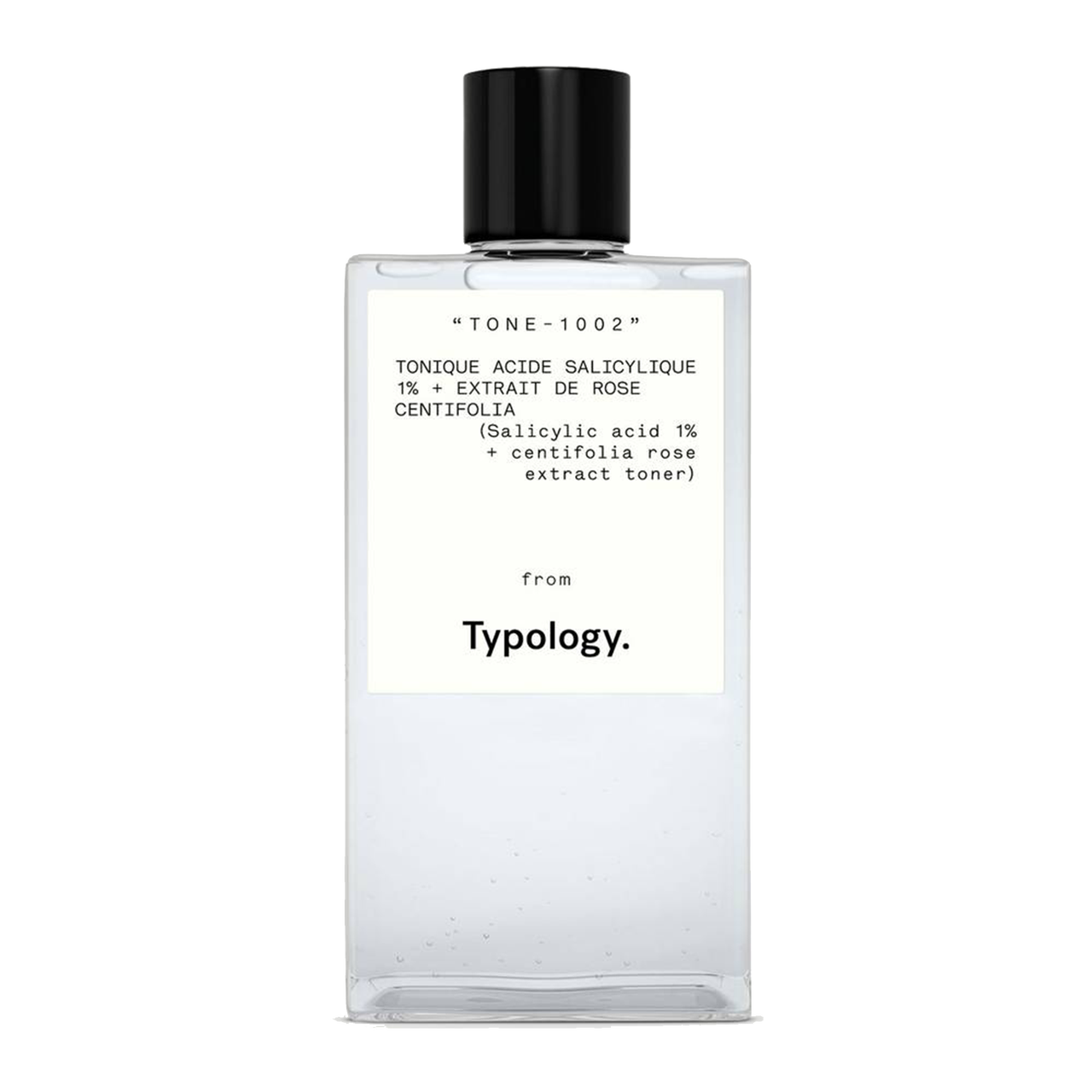
Pestle & Mortar Exfoliate Acid Toner
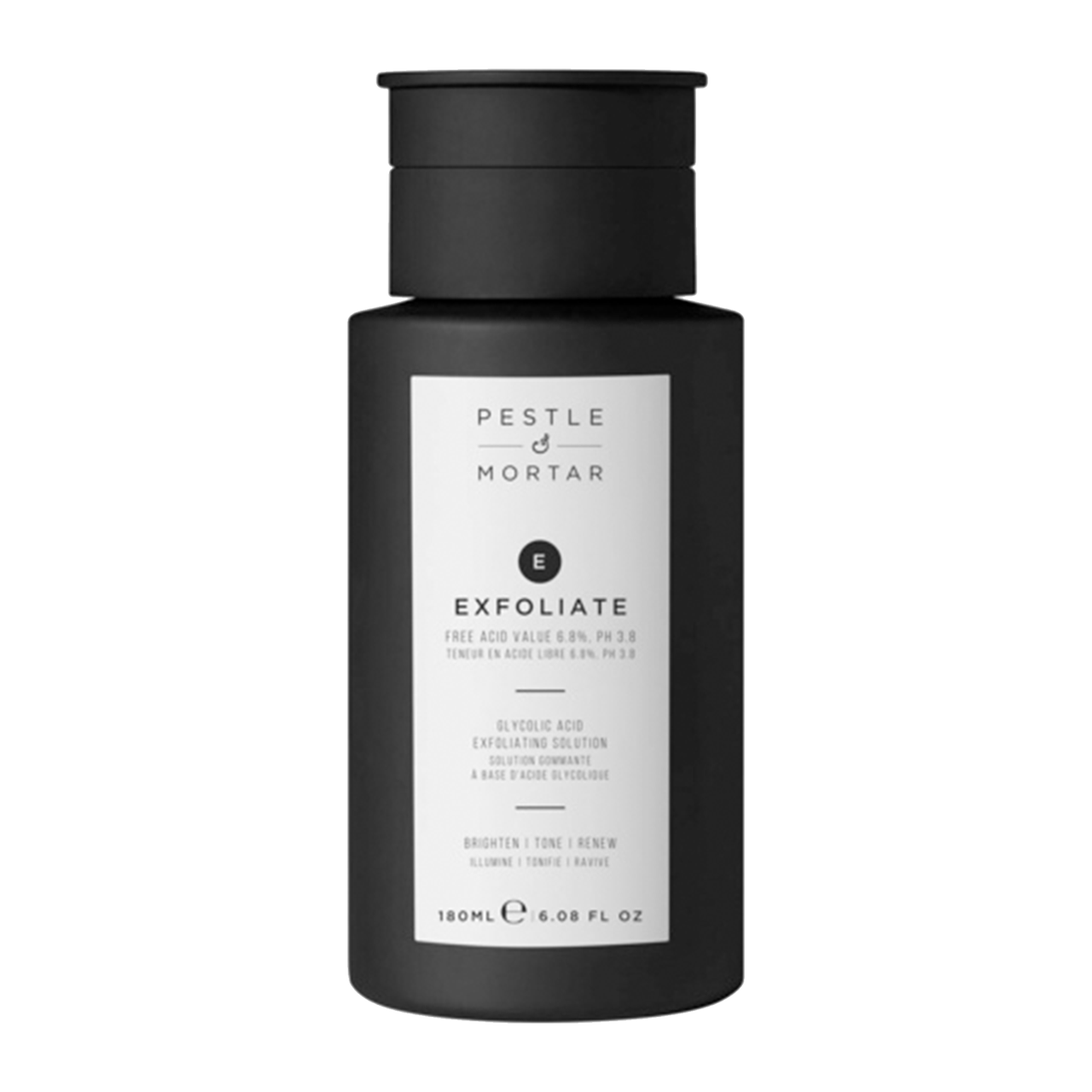
Mario Badescu Vitamin C Serum
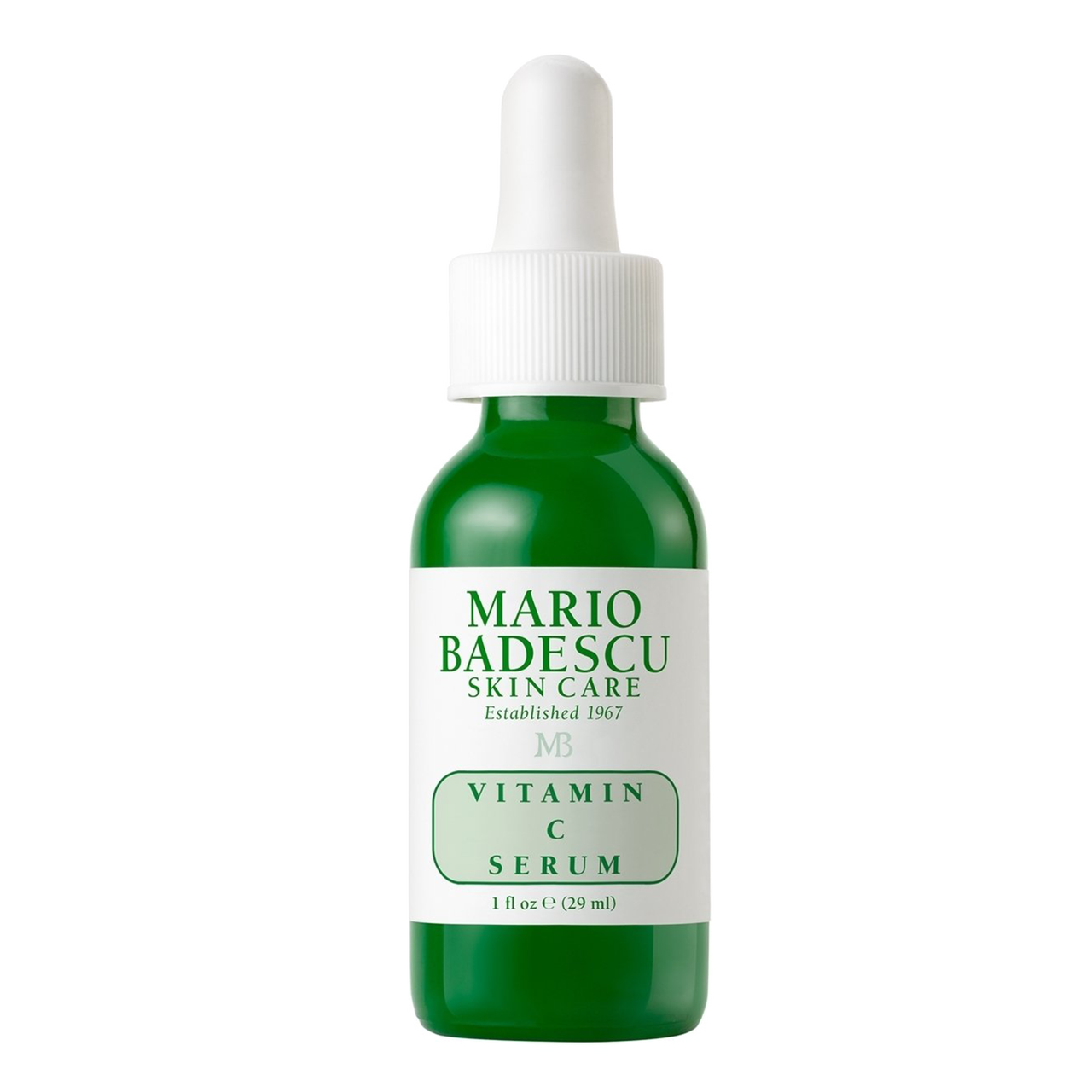
The Ordinary 1% In Squalane

111Skin Vitamin C Brightening Booster
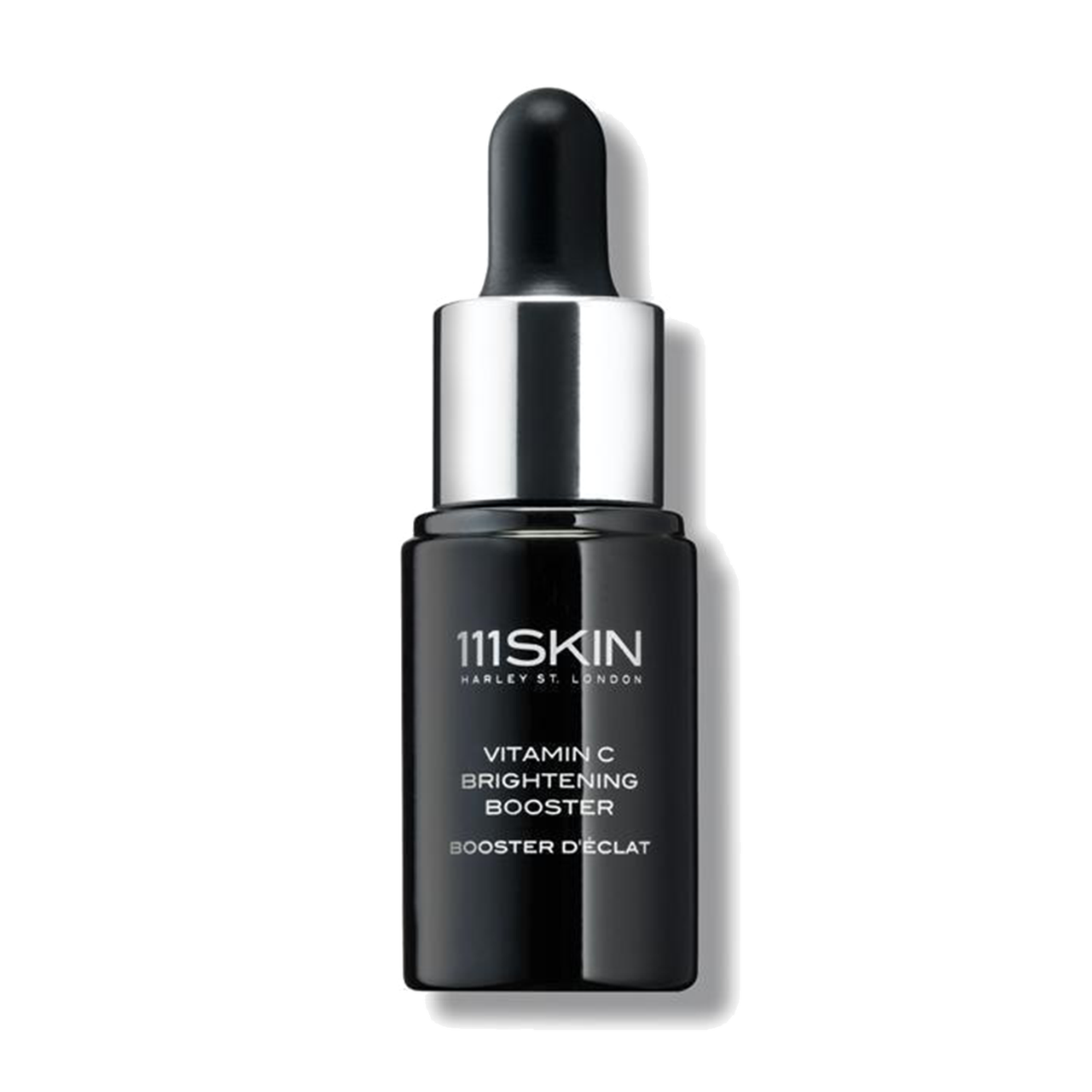
This article was originally published on https://www.vogue.co.uk/beauty/article/microdosing-skincare



